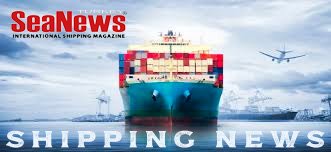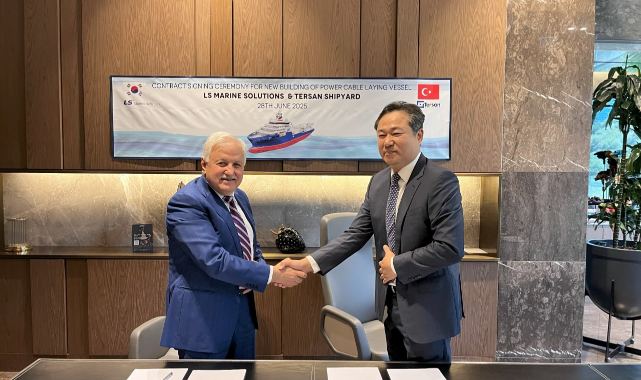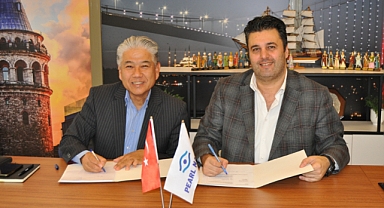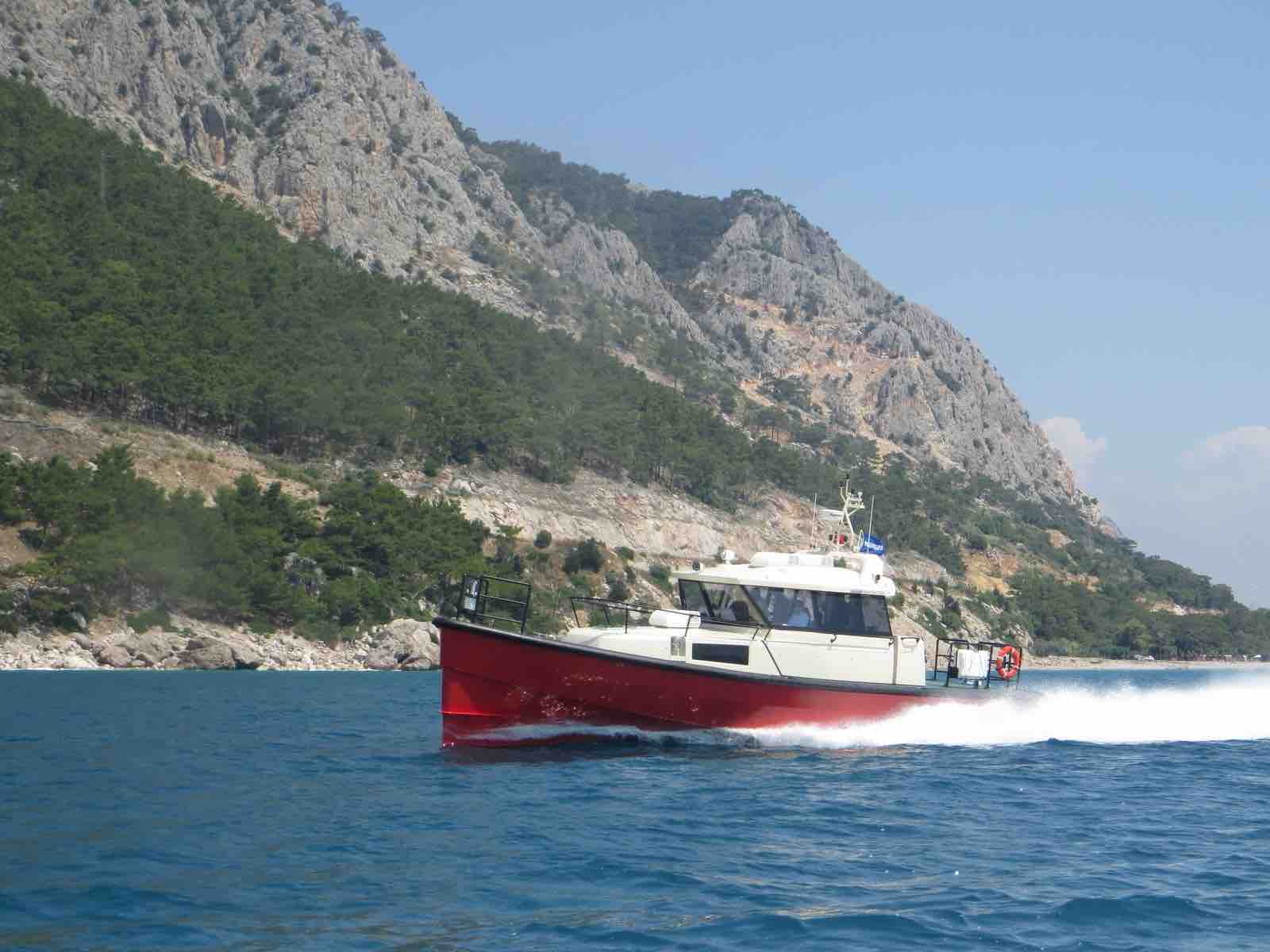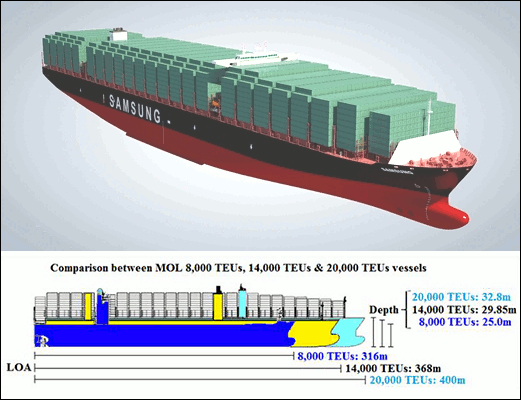TRANS-EURASIAN rail freight services are emerging as a winner from the coronavirus pandemic that has one expert warning ports in Europe will be running at just 20-30 per cent capacity in the coming months.
The China-Europe rail product, a 30-plus line network that operates between China, Central Asia and Europe and is still heavily subsidised by China, is providing a much-needed middle ground between expensive air freight and slow ocean freight. With that, rail freight is becoming more needed than ever, reported Forbes.
The rising popularity of air freight comes in the wake of the fallout from the mass grounding of passenger aircraft, removing 60 per cent of air freight capacity between China and Europe and 80 per cent between China and the US over the past month. And there are not enough designated cargo planes to make up for the shortfall in capacity.
The cost to fly cargo has now shot up many-fold - sometimes two to three-times last year's rates - and transit times have tripled.
The issue is now global, and it's having a dire effect on the automotive, fashion and electronic industries, who have grown accustomed to getting supplies and shipping their products around the world by air. Many of these companies have been priced right out of the air cargo market altogether.
When the factory closure in China was prolonged to curb the spread of the coronavirus, there was a drastic drop in shipments leaving the country. Reacting to this, many shipping lines reduced their capacity by not sending out as many vessels, which lead to something that nobody in logistics had ever seen before: a dearth of containers in Europe.
'Especially with the cancellation of the passenger flights, this has created an unbelievable mess,' David Smrkovsky, a former global logistics manager at HP and Foxconn, says. 'This has created a very unbalanced situation where the global sea freight and container environment just got broken.'
Now that China is on the road to recovery, with most factories back up and running, a second wave of upheavals to the ocean freight industry has begun as Europe and the US go into their respective lockdowns: less demand for what China produces. The ocean freight industry has responded by announcing even more blank sailings.
Timex Industrial Investment general manager Carlos Santana predicts that many of the ports of Europe are only going to be running at 20-30 per cent capacity in the coming months, making ocean liners with capacity for ten thousand containers overkill.
The Covid-19 pandemic has also had a drastic impact on the trucking industry. While most national boundaries are technically open to trade, health inspections of drivers throughout Europe have ground border traffic down to a near halt.
Lines of trucks have been waiting to enter Poland from Germany in queues that can stretch for 50 kilometres. Between the Czech Republic and Slovakia the queue can be 30 kilometres long. While the line of trucks trying to enter Hungary from Slovakia is so long that Slovakia is actually closing other borders to keep it from growing.
The only form of transport left standing is the train. Between Europe and China, all trans-Eurasian rail lines - including those from Wuhan - are currently in operation, creating an opportunity for this emerging network to step up and become a larger part of many companies' shipping solutions.
Under normal circumstances, trans-Eurasian rail is generally eight-times cheaper than air freight and only a week or so slower. In these times of elevated air shipping prices and longer transit times in both air and ocean freight means that shipping by rail is becoming more of a viable option for companies that need to receive and send goods between China and Europe as fast as possible.
'This is a gateway away from the inflating air freight pricing, so they turned from airfreight to China Rail,' Mr Smrkovsky says. 'So, it's kind of the economical option with a reliably good transit time as a replacement for the very expensive air freight.'
SeaNews Turkey
The China-Europe rail product, a 30-plus line network that operates between China, Central Asia and Europe and is still heavily subsidised by China, is providing a much-needed middle ground between expensive air freight and slow ocean freight. With that, rail freight is becoming more needed than ever, reported Forbes.
The rising popularity of air freight comes in the wake of the fallout from the mass grounding of passenger aircraft, removing 60 per cent of air freight capacity between China and Europe and 80 per cent between China and the US over the past month. And there are not enough designated cargo planes to make up for the shortfall in capacity.
The cost to fly cargo has now shot up many-fold - sometimes two to three-times last year's rates - and transit times have tripled.
The issue is now global, and it's having a dire effect on the automotive, fashion and electronic industries, who have grown accustomed to getting supplies and shipping their products around the world by air. Many of these companies have been priced right out of the air cargo market altogether.
When the factory closure in China was prolonged to curb the spread of the coronavirus, there was a drastic drop in shipments leaving the country. Reacting to this, many shipping lines reduced their capacity by not sending out as many vessels, which lead to something that nobody in logistics had ever seen before: a dearth of containers in Europe.
'Especially with the cancellation of the passenger flights, this has created an unbelievable mess,' David Smrkovsky, a former global logistics manager at HP and Foxconn, says. 'This has created a very unbalanced situation where the global sea freight and container environment just got broken.'
Now that China is on the road to recovery, with most factories back up and running, a second wave of upheavals to the ocean freight industry has begun as Europe and the US go into their respective lockdowns: less demand for what China produces. The ocean freight industry has responded by announcing even more blank sailings.
Timex Industrial Investment general manager Carlos Santana predicts that many of the ports of Europe are only going to be running at 20-30 per cent capacity in the coming months, making ocean liners with capacity for ten thousand containers overkill.
The Covid-19 pandemic has also had a drastic impact on the trucking industry. While most national boundaries are technically open to trade, health inspections of drivers throughout Europe have ground border traffic down to a near halt.
Lines of trucks have been waiting to enter Poland from Germany in queues that can stretch for 50 kilometres. Between the Czech Republic and Slovakia the queue can be 30 kilometres long. While the line of trucks trying to enter Hungary from Slovakia is so long that Slovakia is actually closing other borders to keep it from growing.
The only form of transport left standing is the train. Between Europe and China, all trans-Eurasian rail lines - including those from Wuhan - are currently in operation, creating an opportunity for this emerging network to step up and become a larger part of many companies' shipping solutions.
Under normal circumstances, trans-Eurasian rail is generally eight-times cheaper than air freight and only a week or so slower. In these times of elevated air shipping prices and longer transit times in both air and ocean freight means that shipping by rail is becoming more of a viable option for companies that need to receive and send goods between China and Europe as fast as possible.
'This is a gateway away from the inflating air freight pricing, so they turned from airfreight to China Rail,' Mr Smrkovsky says. 'So, it's kind of the economical option with a reliably good transit time as a replacement for the very expensive air freight.'
SeaNews Turkey



